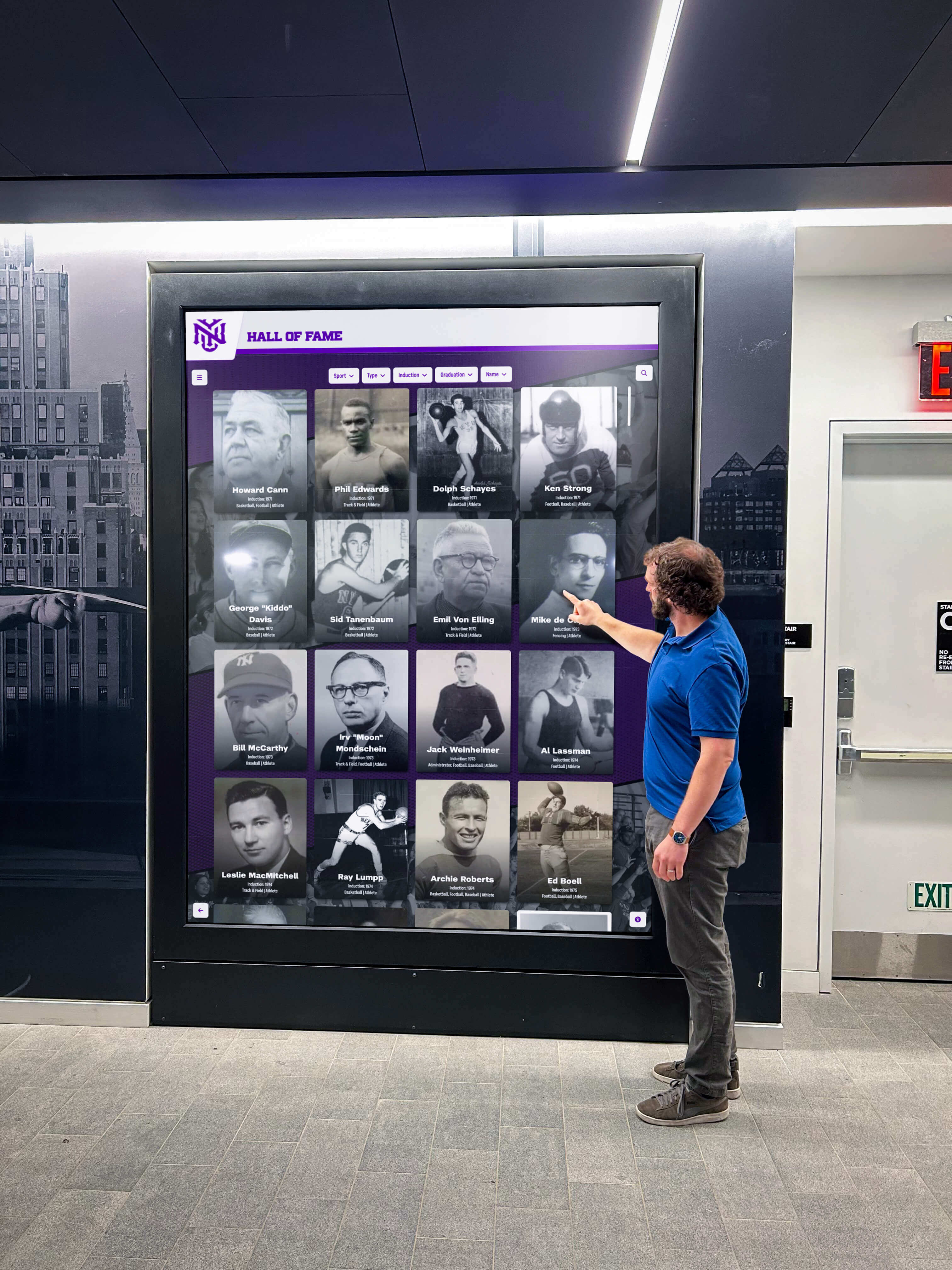Key Takeaways
Comprehensive guide to implementing effective recognition programs for sales leaders. Learn best practices for celebrating top performers, inspiring teams, and leveraging modern digital displays to build cultures of excellence.
Organizations face a critical challenge in today’s competitive business landscape: how to retain top-performing sales leaders while inspiring entire sales organizations to achieve extraordinary results. Sales leadership drives revenue, shapes team culture, and determines whether organizations meet ambitious targets or fall short of expectations. Yet many companies struggle to recognize sales excellence in ways that genuinely motivate leaders, reinforce desired behaviors, and create cultures where achievement receives appropriate celebration.
This comprehensive guide examines everything organizations need to know about implementing effective recognition programs for sales leaders in 2025. From establishing recognition criteria and designing award systems to implementing modern digital recognition displays, this resource provides practical frameworks companies can use to transform sales recognition from occasional acknowledgment into systematic culture-building that drives sustained performance across sales organizations.
Understanding Sales Leader Recognition in Corporate Environments
Before implementing recognition strategies, organizations must understand what sales leader recognition actually is, why it matters strategically, and how it contributes to broader business objectives beyond simply acknowledging achievement.
Defining Sales Leader Recognition Programs
Sales leader recognition programs systematically acknowledge and celebrate individuals who demonstrate exceptional performance, inspire teams, embody company values, and drive organizational success through their leadership. These programs extend beyond basic compensation structures or standard bonus plans, creating visible appreciation that honors both results achieved and leadership qualities demonstrated.
Core Recognition Categories:
Performance Excellence: Recognition for leaders consistently exceeding targets, closing major deals, developing new market opportunities, or achieving sustained revenue growth. Performance-based recognition validates that exceptional results receive appropriate acknowledgment beyond financial compensation alone.
Team Leadership: Acknowledgment for leaders who build high-performing teams, develop talent effectively, create positive team cultures, or demonstrate mentorship excellence. According to research, organizations with robust sales recognition programs see a 31% increase in sales performance and a 28% reduction in employee turnover.
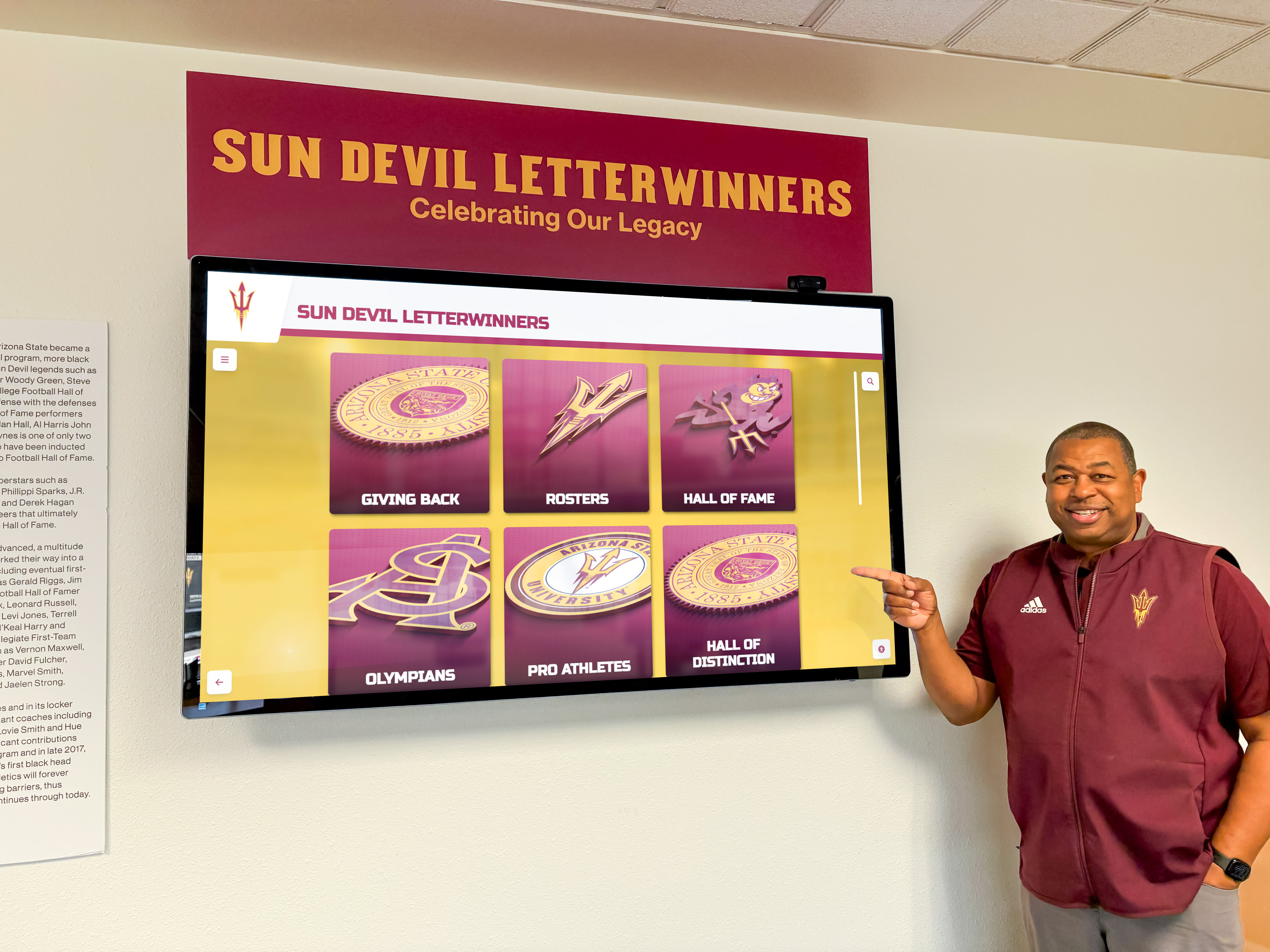
Innovation and Strategy: Recognition for leaders implementing innovative approaches, developing successful new sales strategies, leveraging technology effectively, or identifying transformative market opportunities. Strategic thinking deserves celebration alongside execution excellence.
Values Demonstration: Programs acknowledging leaders who exemplify company values—integrity, customer focus, collaboration, or other cultural priorities—through daily behaviors and decisions. Values-based recognition connects abstract principles to concrete leadership examples.
Customer Impact: Celebration of leaders creating exceptional customer experiences, building lasting client relationships, generating high satisfaction scores, or earning customer loyalty that extends across years. Customer-centric recognition reinforces that relationships matter as much as transactions.
The Business Psychology of Sales Recognition
Why do sales leader recognition programs matter beyond acknowledging achievement? Organizational psychology research reveals multiple mechanisms through which recognition influences motivation, retention, behavior, and team performance.
Performance Reinforcement: Recognition programs systematically reinforce behaviors and achievements organizations value. When sales leadership excellence receives consistent acknowledgment, leaders understand that both results and how they achieve results matter to their organizations. Research demonstrates that 84% of HR professionals believe employee recognition programs positively impact employee engagement, which leads to increased sales, greater profitability, and higher customer ratings.
Motivation Beyond Compensation: While financial rewards remain important, research consistently shows that recognition and appreciation drive motivation independently. Companies that place employee recognition at the heart of their workplace can cut turnover in half, increase employee engagement by 4x, and save up to $16.1M annually. Sales leaders who receive regular recognition report higher job satisfaction, stronger organizational commitment, and greater willingness to invest discretionary effort.
Identity and Pride: Leaders who receive recognition may internalize identities as top performers, strategic thinkers, or exceptional mentors. These internalized identities influence future behaviors, effort investment, and responses to challenges. Recognition contributes to whether leaders see themselves as integral parts of organizational success stories.
Role Modeling and Inspiration: When organizations celebrate specific leaders for particular achievements or qualities, they create visible examples for entire sales organizations. Other leaders and team members see concrete demonstrations of what excellence looks like, making aspirational goals tangible and achievable rather than abstract ideals.
Designing Effective Sales Leader Recognition Programs
Sales leader recognition programs require thoughtful design addressing several key decisions that significantly impact effectiveness, perceived fairness, and motivational impact across sales organizations.
Establishing Appropriate Achievement Criteria
The most fundamental recognition decision involves determining what achievements and qualities merit celebration. These criteria significantly impact who receives recognition, whether programs feel fair and motivating, and what behaviors organizations reinforce through systematic appreciation.
Performance-Based Recognition Standards:
Organizations typically recognize leaders who consistently exceed quota—commonly 120%, 150%, or 200% of assigned targets depending on company standards and market conditions. Top achievers might include those ranking within top 10% or 20% of sales organizations based on revenue generation, profit contribution, or other defined metrics.
Major account acquisition provides another clear recognition criterion. Leaders who land enterprise clients, close landmark deals, or open new markets through strategic relationship building demonstrate capabilities meriting special acknowledgment beyond routine quota achievement.
Year-over-year growth offers relative performance measurement that accounts for varying market conditions. Leaders achieving 25%, 50%, or 100%+ growth compared to previous periods demonstrate sustained excellence adapting to changing environments.
Leadership Quality Criteria:
Beyond individual performance, organizations should recognize leaders who build exceptional teams. Metrics might include team members exceeding quotas, promotion rates from teams, retention percentages, or peer feedback about leadership quality and mentorship impact.
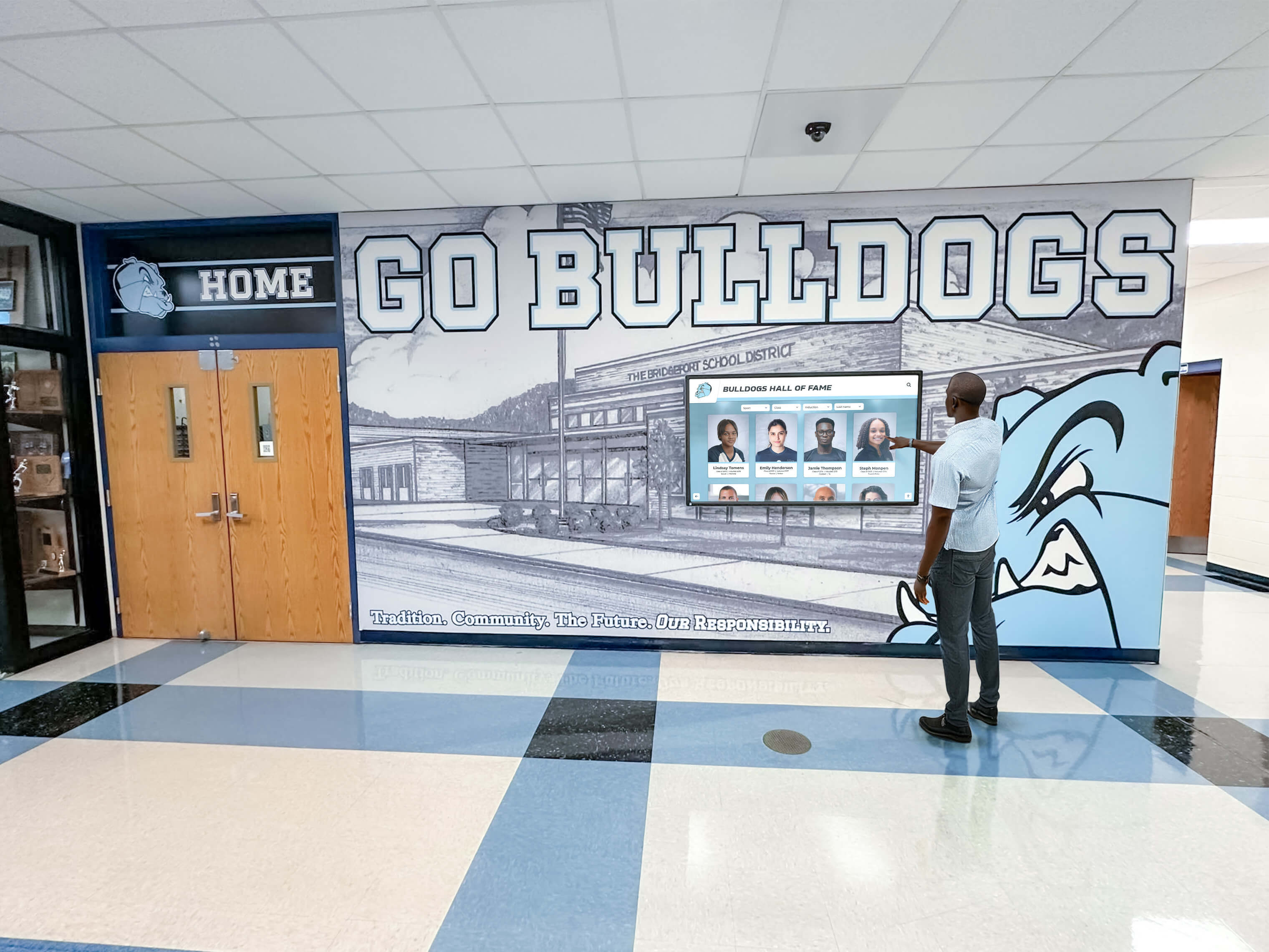
Coaching and development excellence represents another important dimension. Leaders who systematically develop talent, create learning cultures within teams, or produce successors ready for leadership opportunities provide organizational value extending beyond immediate sales results.
Cross-functional collaboration deserves recognition when leaders partner effectively across departments, align sales strategies with broader company objectives, or demonstrate organizational citizenship beyond narrow team interests.
Values and Cultural Alignment:
Organizations implementing values-based recognition categories ensure leaders exemplifying desired cultural attributes receive appropriate celebration. This might include integrity in client relationships, innovation in approach, customer obsession, collaborative spirit, or resilience through challenges. Values-based recognition makes abstract principles concrete through real leadership examples.
Recognition Frequency and Program Cadence
How often organizations recognize sales leaders significantly impacts program effectiveness and motivational value across sales cycles and planning periods.
Annual Recognition Programs: Many companies implement annual sales awards recognizing achievements across full fiscal years. Annual programs reward sustained excellence rather than single-quarter performance spikes, providing comprehensive evaluation periods before conferring recognition. However, annual cycles provide limited interim feedback and delayed acknowledgment.
Quarterly Recognition: Quarterly recognition programs align with typical sales planning cycles while providing more frequent feedback and celebration opportunities. Leaders receive multiple chances annually to earn recognition, maintaining motivation throughout years rather than building toward single annual events.
Monthly or Weekly Spotlights: Some organizations supplement formal quarterly or annual programs with informal monthly or weekly recognition spotlights featuring standout achievements, innovative approaches, or exceptional customer outcomes. Research from Gallup suggests recognition at least once per week is ideal for maintaining engagement and reinforcing positive behaviors.
Event-Based Recognition: Immediate recognition tied to specific achievements—landing major accounts, closing landmark deals, achieving significant milestones—provides timely acknowledgment when events feel most meaningful rather than waiting for scheduled recognition cycles.
Most organizations find that combining formal annual or quarterly programs with informal ongoing recognition balances systematic evaluation with timely appreciation, creating recognition frequency that maintains motivation throughout years.
Handling Special Circumstances and Edge Cases
Effective recognition programs establish clear policies addressing common scenarios that inevitably arise in sales environments:
New Leaders and Transfers: When do newly promoted leaders or transfers become eligible for recognition? Requiring minimum time periods in roles—commonly 6-12 months—ensures sufficient performance data exists for meaningful evaluation while preventing gaming recognition systems through strategic timing.
Team vs. Individual Recognition: How do programs balance individual leader achievement with team contribution? Consider separate recognition categories honoring both individual quota attainment and team leadership effectiveness, ensuring programs celebrate comprehensive leadership rather than only personal results.
Market Territory Adjustments: How do recognition programs account for leaders managing territories with varying potential or facing different competitive dynamics? Some organizations create territory-adjusted metrics or recognition tiers accounting for these structural differences, ensuring programs feel fair across diverse assignments.
Recognition Withdrawal Policies: Establish transparent policies for circumstances where recognition might be rescinded—ethical violations, legal issues, or discovery of misrepresented results. While rare, these policies protect program credibility when serious situations arise.
Document policies clearly in program communications ensuring sales leaders understand qualification requirements and special circumstances from the outset rather than learning policies reactively when questions arise.
Modern Recognition Delivery: Beyond Plaques and Certificates
Traditional sales recognition typically consisted of annual award ceremonies, plaques or trophies, and perhaps inclusion in company newsletters. While these elements retain value, contemporary recognition should incorporate multiple touchpoints creating deeper impact and broader visibility throughout organizations and beyond.
Digital Recognition Displays and Interactive Technology
Interactive touchscreen displays transform sales leader recognition from transient acknowledgment during annual events into permanent, engaging documentation of leadership excellence accessible year-round.
Advantages of Digital Sales Recognition:
Unlimited Recognition Capacity: Digital platforms eliminate space constraints entirely. A single display can showcase every President’s Club member, Top Performer, and leadership award winner across multiple years—content requiring dozens of physical trophy cases or wall displays.
According to data, 63% of people report that digital signage catches their attention compared to 30% who notice traditional signs. This increased engagement means more employees, clients, and visitors actually notice and interact with recognition content.
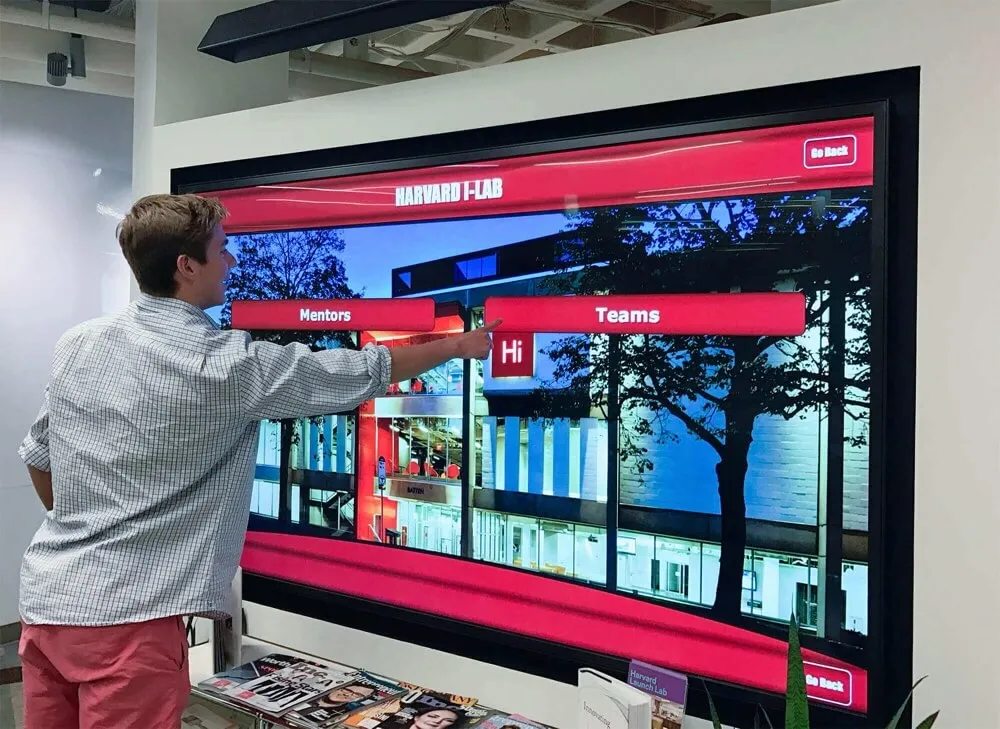
Multimedia Rich Profiles: Digital systems enable detailed recognition far beyond simple names and achievement descriptions:
- Professional leadership photographs
- Video messages from executives celebrating achievements
- Detailed performance narratives and success stories
- Visual representations of territories, teams, or growth trajectories
- Historical achievement timelines across career progression
Searchable and Interactive: Unlike static displays visitors glance at while passing, interactive recognition displays invite active engagement. Employees, clients, and visitors can search by name, browse by achievement category, filter by year or region, view team structures and relationships, and share profiles via social media or email.
Easy Updates and Management: Updating traditional recognition displays requires ordering new plaques, coordinating installation, or physically replacing dated information. Digital recognition updates instantly through cloud-based content management that authorized staff can access from any device. After each recognition cycle, organizations can update displays within minutes rather than weeks of procurement and installation processes.
Solutions like digital recognition displays provide purpose-built platforms specifically for corporate recognition, offering intuitive interfaces requiring no technical expertise while creating engaging user experiences that capture attention.
Comprehensive Recognition Communications Strategy
Complement physical displays with multi-channel communications extending acknowledgment beyond those who can physically visit corporate locations.
Internal Communications Integration: Feature recognized leaders prominently across internal communication channels including company-wide email announcements, intranet homepage features, video messages from leadership celebrating achievements, town hall meeting acknowledgments, and team meeting highlights ensuring visibility across entire organizations.
Social Media Celebration: Strategic social media use amplifies recognition externally while creating shareable content engaging broader professional networks. Individual recognition posts with achievement narratives, video congratulation compilations from executives, team celebration content showing collaborative success, and leader testimonials about journeys to excellence all perform well on professional platforms.
Client-Facing Recognition: Consider appropriate ways to celebrate sales leader excellence with clients and partners. This might include recognition mentions in client newsletters, achievement highlights during business reviews, or celebration during industry events where relationships deepen through shared appreciation of excellence.
Virtual Access for Distributed Teams: Web-based recognition proves particularly valuable in modern sales organizations with distributed workforces. Remote sales leaders, international teams, and work-from-home employees can access and celebrate achievements from anywhere rather than missing recognition visible only at headquarters locations.
Organizations implementing comprehensive employee recognition systems find that multi-channel approaches significantly extend recognition impact beyond brief ceremony moments, creating sustained visibility that reinforces appreciation throughout months following initial acknowledgment.
Building Fair and Inclusive Recognition Systems
Sales leader recognition programs face constant tension between maintaining meaningful standards and ensuring accessibility to diverse leadership populations. Effective programs carefully balance selectivity with inclusivity while avoiding unintended bias.
Addressing Performance Measurement Equity
Recognition systems can inadvertently reinforce existing gaps if certain leader populations consistently receive acknowledgment while others remain systematically excluded despite strong performance.
Monitoring Recognition Patterns: Track recognition distribution across leader demographics, geographic regions, product lines or business units, tenure and experience levels, and sales channel or customer segment assignments. When data reveals certain groups consistently achieve recognition at dramatically different rates, investigate causes and consider program modifications ensuring all leaders have realistic pathways to experience celebration.
Multiple Recognition Categories: Single recognition type based exclusively on quota attainment may systematically favor leaders with certain territory advantages or product assignments. Creating diverse recognition categories—revenue achievement, growth percentage, team development, customer satisfaction, innovation, or strategic account development—validates different forms of success and creates multiple pathways for leaders to experience acknowledgment.
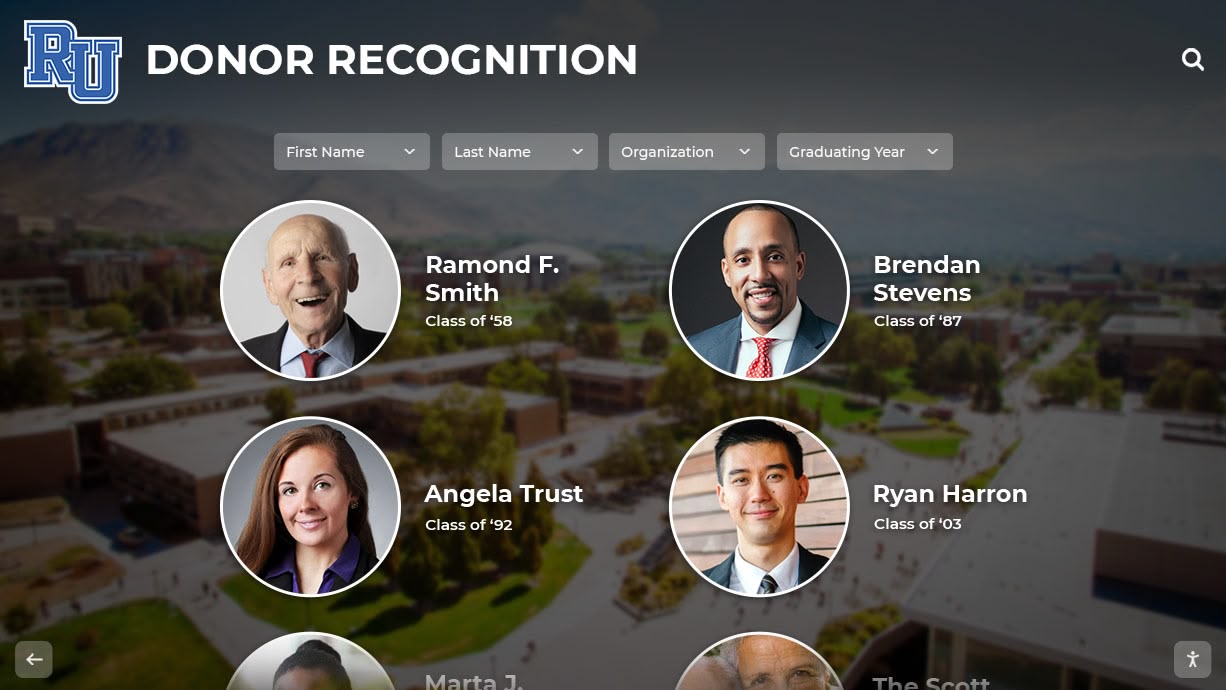
Context-Appropriate Metrics: Consider recognition approaches accounting for territory maturity, competitive dynamics, or product lifecycle stages. Leaders revitalizing declining territories, penetrating highly competitive markets, or launching new products face different challenges than those managing established accounts in favorable conditions. Recognition programs should account for these contextual factors.
Recognition for Emerging and Developing Leaders
Sales organizations benefit from recognizing not only established top performers but also emerging leaders demonstrating exceptional potential, significant improvement, or rapid skill development.
High-Potential Recognition: Young leaders or recent promotees showing exceptional promise merit recognition even when absolute performance levels remain below veteran top performers. High-potential programs validate trajectory and potential while motivating continued development.
Most-Improved Leader Awards: Recognition for leaders achieving dramatic performance improvement—perhaps doubling previous results, successfully turning around struggling territories, or demonstrating remarkable learning curve acceleration—celebrates growth mindset and resilience that organizations value alongside absolute achievement.
First-Time Achievement Recognition: When leaders reach significant milestones for first times—first quota achievement, first major account closure, first leadership role success—special acknowledgment marks these career-defining moments with appropriate celebration.
Maintaining Standards and Program Credibility
As organizations seek to recognize more leaders, they face pressure to lower standards making recognition more accessible. However, reducing rigor can undermine program credibility and meaning.
Transparent Criteria Communication: Clearly publicize recognition thresholds, award criteria, and selection processes so expectations remain transparent and consistent. Resist pressure to adjust published standards after the fact to include additional leaders, as such changes undermine program integrity.
Periodic Standards Review: While maintaining consistency within recognition cycles, periodically review whether criteria remain appropriately calibrated. Standards set during different market conditions or organizational stages may need adjustment based on evolving business contexts, sales model changes, or strategic priority shifts.
Tiered Recognition for Wider Inclusion: Rather than lowering top recognition thresholds, consider adding additional recognition tiers that acknowledge solid performance while preserving prestige for highest achievement levels. Multi-tier approaches create more recognition opportunities without diluting excellence celebration.
Implementation Best Practices and Success Strategies
Organizations implementing comprehensive sales leader recognition programs should follow systematic approaches ensuring successful launches and sustained program effectiveness.
Establishing Program Infrastructure
Executive Sponsorship and Support: Secure visible commitment from senior sales leadership and C-suite executives. Recognition programs succeed when leaders actively participate in celebrations, communicate program importance regularly, and model appreciation behaviors throughout organizations. Executive involvement signals that recognition represents organizational priority rather than HR administrative initiative.
Selection Committee Formation: For formal recognition programs, assemble diverse selection committees including senior sales leadership providing strategic perspective, regional or divisional leaders representing geographic diversity, human resources professionals ensuring fair process and policy alignment, and potentially finance representatives validating performance data accuracy.
Technology and Display Selection: Evaluate recognition delivery platforms including digital display systems for physical recognition, content management platforms for easy updates, website integration for online recognition access, mobile applications for distributed workforce engagement, and analytics capabilities demonstrating program impact through concrete metrics.
Solutions like interactive touchscreen recognition displays provide comprehensive platforms managing recognition from data collection through public celebration, with intuitive interfaces that simplify ongoing program management.
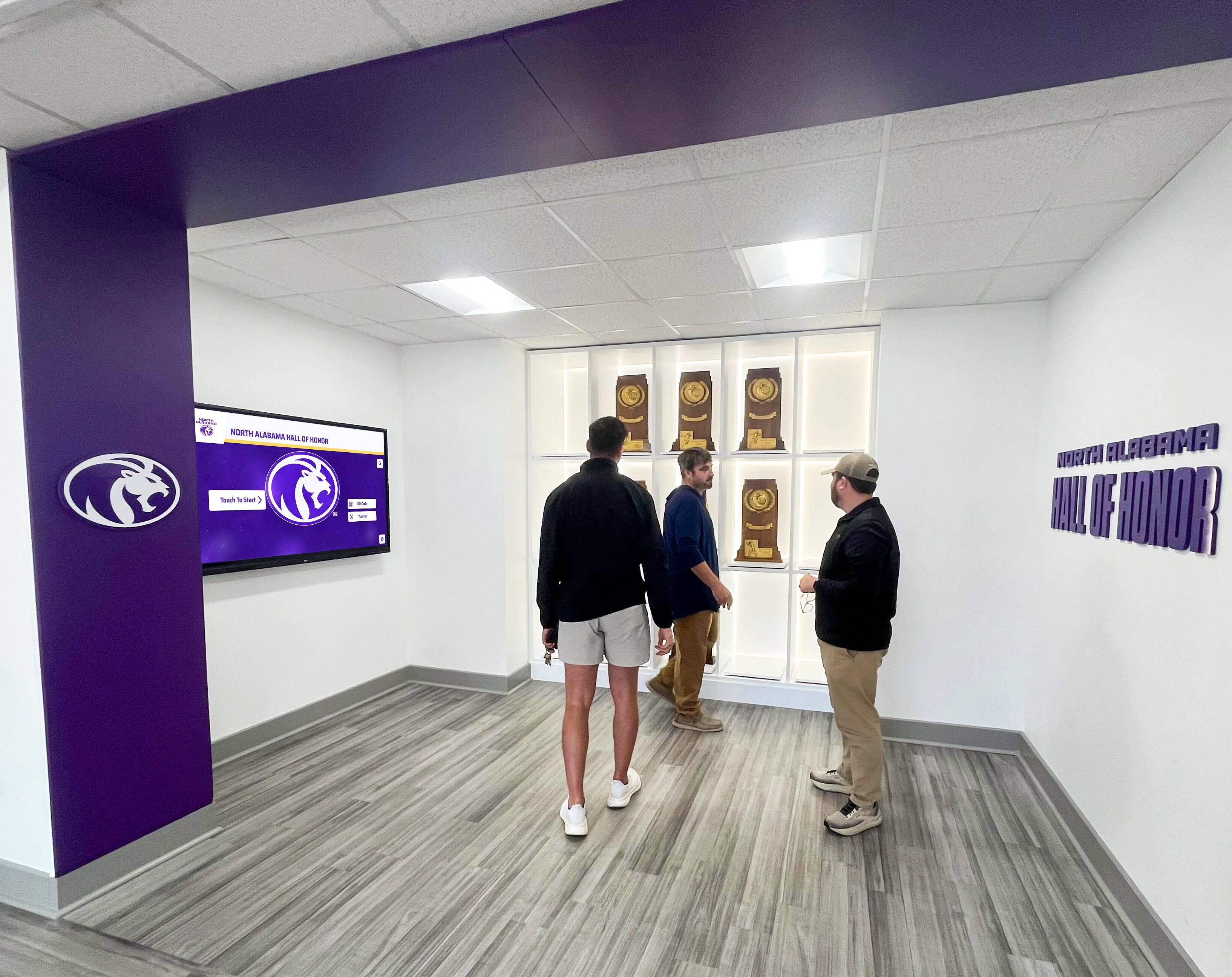
Recognition Event Planning and Execution
Annual Sales Awards Ceremonies: Formal recognition events create memorable experiences elevating acknowledgment beyond simple announcements. Effective ceremonies include executive presentations honoring achievements, video narratives showcasing leadership excellence, peer testimonials from team members, acceptance remarks from honored leaders, networking opportunities celebrating collective success, and client or partner participation when appropriate.
Virtual and Hybrid Recognition Events: Modern sales organizations often span continents with distributed workforces. Virtual or hybrid recognition events ensure all leaders can participate meaningfully regardless of location through live streaming with interactive features, regional satellite gatherings connected virtually, recorded content for on-demand viewing, virtual networking opportunities, and digital recognition collateral leaders can share professionally.
Integration with Sales Kickoff Events: Many organizations integrate recognition into annual sales kickoff meetings, leveraging these gatherings to celebrate previous year achievements while setting stage for coming year initiatives. This integration maximizes attendance while connecting past excellence to future aspirations.
Measuring Recognition Program Impact
Recognition program effectiveness requires systematic measurement demonstrating business value while identifying improvement opportunities.
Quantitative Impact Metrics:
Track employee retention among recognized leaders compared to overall sales organization turnover. Research shows that over 91% of HR professionals believe recognition and reward make employees more likely to stay, with recognized employees 63% more likely to remain at current jobs within three to six months.
Monitor performance trends for recognized leaders in subsequent periods, examining whether recognition correlates with sustained high performance or improvement acceleration. Measure team performance for leaders receiving team development or mentorship recognition, validating that leadership quality recognition identifies truly effective team builders.
Survey employee engagement scores with particular focus on recognition-related questions and differences between recognized and non-recognized populations. Companies with robust sales recognition programs report employee engagement levels 40% higher than organizations with limited recognition approaches.
Qualitative Feedback Collection:
Conduct focus groups with recognized leaders gathering perspectives on program meaningfulness, suggestions for improvement, and understanding of what recognition meant personally and professionally. Interview non-recognized high performers understanding whether recognition programs motivate pursuit of excellence or create discouragement.
Collect manager perspectives about recognition program impact on team motivation, recruitment conversations, retention outcomes, and how displays factor into leadership development discussions. Gather client and partner feedback about how visible sales leader recognition affects perception of organizational culture, professionalism, and commitment to excellence.
Creative Recognition Applications Beyond Traditional Awards
Organizations discovering recognition flexibility find innovative applications beyond standard sales awards, creating comprehensive appreciation systems celebrating diverse contributions across sales organizations.
Territory and Regional Team Recognition
Collective Achievement Showcases: Celebrate regional or team excellence while building collective identity. Dedicated sections might highlight regional records and achievements, collaborative major account wins, territory turnaround success stories, and team milestone celebrations. This approach recognizes that much sales success results from coordinated regional efforts rather than only individual contribution.
Team profiles might include collective achievements and recognition, individual member spotlights within team context, collaboration narratives explaining how teams succeeded together, and visual representations of territories served or markets penetrated. This balanced approach honors both individual and collective contributions appropriately.
Sales Mentor and Coach Recognition
Developing Others Excellence: Recognize leaders who systematically develop sales talent through mentorship programs, creating learning cultures within teams, or producing successors ready for advancement. Mentorship recognition might include testimonials from developed team members, career progression data for mentees, specific examples of development approaches and philosophies, and acknowledgment from organizational leadership about talent pipeline contributions.
This recognition type reinforces that developing others represents valued leadership dimension beyond personal quota achievement alone, encouraging experienced leaders to invest time developing next-generation sales talent.
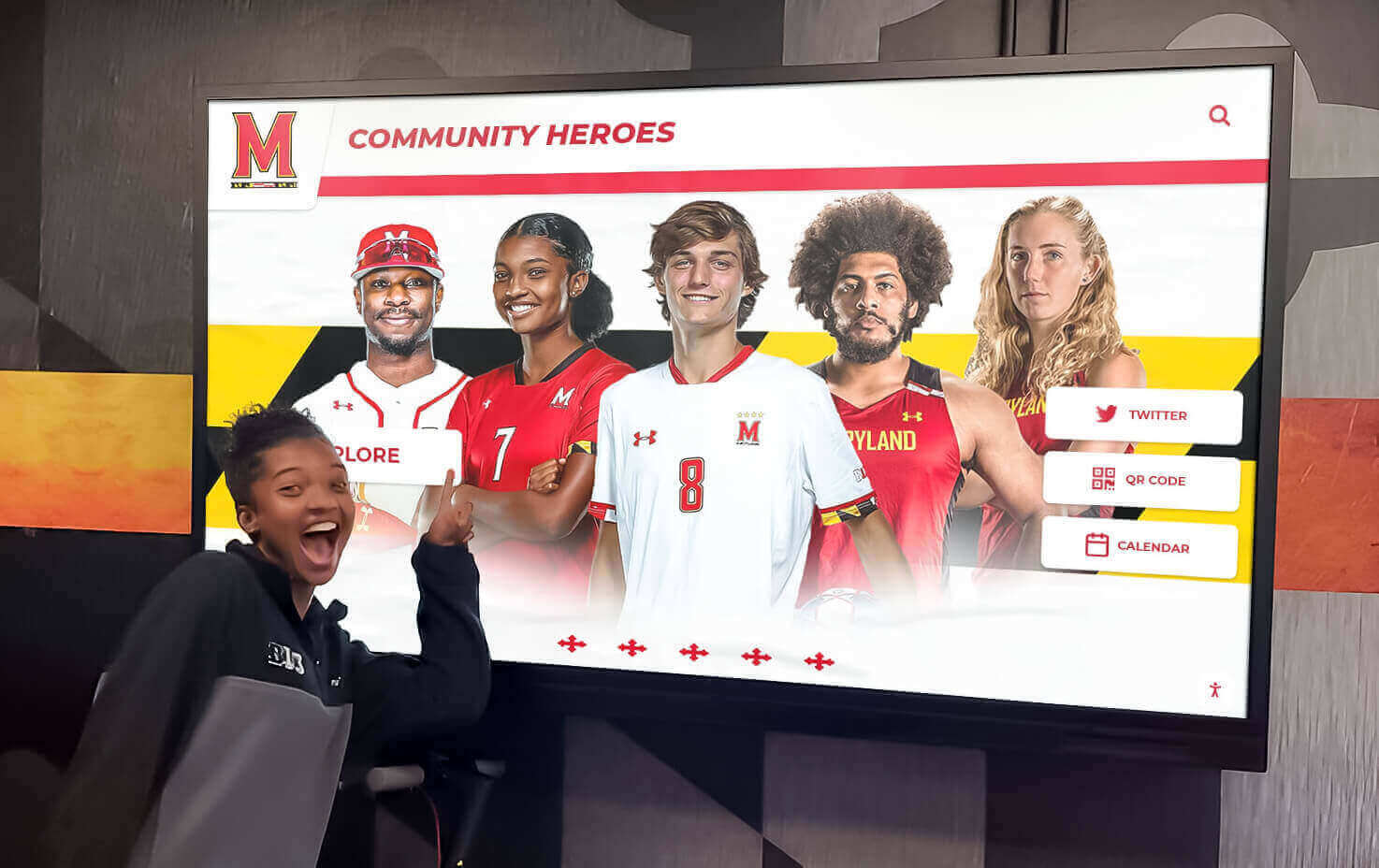
Customer Relationship Excellence
Client Partnership Recognition: Celebrate leaders creating exceptional, lasting client relationships that extend across years or even decades. Recognition might feature client testimonials about relationship value, longevity metrics showing relationship duration, expansion stories documenting account growth over time, and partnership narratives explaining how relationships evolved from transactional to strategic.
Customer-focused recognition reinforces that relationship building and customer experience matter as much as immediate transaction completion, encouraging relationship investment that generates sustained value over quarters and years.
Values-Based Leadership Recognition Categories
Reinforcing Cultural Priorities: Create recognition categories aligned with specific company values—integrity, innovation, collaboration, customer obsession, or inclusion. Leaders receiving values-based recognition exemplify desired behaviors tangibly through daily decisions and actions.
This approach makes abstract values concrete by showcasing leaders living them consistently. When employees see colleagues recognized specifically for demonstrating collaboration or innovation, they understand how values translate to actual leadership behaviors and organizational priorities. Values-based recognition appears prominently in approaches used by leading organizations implementing comprehensive recognition strategies adaptable to corporate contexts.
Addressing Common Implementation Challenges
Organizations implementing sales leader recognition systems frequently encounter similar obstacles. Understanding common challenges and proven solutions helps navigate difficulties successfully.
Managing Budget Constraints
Resource Limitations Solutions:
Organizations with limited budgets can implement meaningful recognition through phased approaches starting with single recognition categories or regions before expanding, digital solutions that scale affordably as programs grow, internal content development leveraging marketing or communications staff rather than external vendors, and shared display systems serving multiple purposes beyond only recognition.
Consider positioning recognition programs themselves as worthy of executive investment, framing recognition as strategic retention and motivation tool generating measurable returns through reduced turnover and improved performance.
Maintaining Recognition Authenticity
Avoiding Transactional Feelings:
Recognition programs risk feeling transactional or manipulative if poorly implemented. Maintain authenticity through genuine celebration rather than performative appreciation, specific acknowledgment of actual achievements rather than generic praise, leadership participation showing executive commitment through visible involvement, and balanced recognition celebrating both results achieved and leadership qualities demonstrated.
Leaders quickly distinguish authentic appreciation from empty gestures. Programs succeeding long-term consistently demonstrate genuine organizational gratitude for contributions made and excellence demonstrated.
Overcoming Recognition Fatigue
Preventing Dilution Through Over-Recognition:
Organizations sometimes attempt to recognize so many leaders so frequently that acknowledgment loses meaning. Prevent recognition fatigue by maintaining meaningful standards for formal programs, balancing formal awards with informal appreciation, varying recognition formats preventing predictable repetition, creating meaningful distinction between recognition tiers, and ensuring recognition celebrates truly exceptional rather than routine performance.
Recognition retains motivational power when it feels special rather than routine expectation everyone receives regardless of performance differentiation.
The Future of Sales Leader Recognition
Recognition technology and practices continue evolving rapidly, bringing new capabilities enhancing motivation, engagement, and organizational culture building.
Emerging Technologies and Capabilities
Artificial Intelligence Integration: AI-powered systems can analyze performance data suggesting recognition opportunities managers might miss, personalize recognition content based on individual leader preferences and communication styles, provide predictive analytics identifying retention risks based on recognition patterns, and generate draft recognition narratives requiring only human refinement rather than creation from scratch.
Advanced Analytics and Insights: Modern recognition platforms provide sophisticated analytics tracking recognition frequency and distribution patterns, correlating recognition with subsequent performance trajectories, identifying programs or recognition types driving greatest engagement and motivation, and demonstrating ROI through retention cost savings and performance improvements.
Augmented Reality Enhancement: AR capabilities could enable mobile devices to display additional recognition information when viewing displays, create immersive storytelling experiences about leader achievements and journeys, and connect physical displays to virtual content libraries accessible globally.
Social Recognition Integration: Deeper connections with workplace collaboration platforms enable recognition to appear where employees already work daily, integrate peer recognition with formal programs creating comprehensive appreciation systems, and create recognition feeds combining multiple sources into unified leader achievement timelines.
Organizations staying current with recognition technology trends can explore comprehensive platforms offering these emerging capabilities while maintaining intuitive usability for non-technical administrators.
Conclusion: Building Sales Cultures of Excellence
Sales leader recognition programs represent more than acknowledgment of individual achievement—they create systematic, visible appreciation systems that validate excellence, communicate organizational values about leadership, motivate leaders toward higher achievement, build sales cultures where success receives appropriate celebration, strengthen retention through meaningful appreciation, and establish traditions honoring excellence across generations.
Effective programs share common characteristics: clear, fair criteria consistently applied across all leaders; multiple recognition categories celebrating various forms of sales leadership; meaningful presentation formats making recognition feel genuinely special; modern technology enhancing visibility and accessibility; balanced communication amplifying recognition across channels; continuous improvement based on measurement and feedback; and sustainable implementation persisting across leadership changes.
The investment organizations make in sales leader recognition programs pays dividends in motivation, retention, team performance, and culture strength. Recognition communicates that companies notice leaders, value their contributions, celebrate their accomplishments, and believe in their continued potential. In competitive sales environments where top performers have abundant opportunities, consistent meaningful recognition helps organizations retain leaders who drive results while inspiring entire sales organizations toward excellence.
Modern solutions like Rocket Alumni Solutions provide comprehensive platforms designed specifically for corporate recognition, offering intuitive content management, engaging interactive displays, and proven approaches that help organizations build recognition cultures their sales leaders deserve. Whether implementing digital recognition displays, comprehensive achievement celebration systems, or integrated recognition approaches, digital technology enables organizations to celebrate sales leadership more comprehensively and effectively than ever before.
Ready to transform how your organization celebrates sales leadership excellence? Explore comprehensive recognition solutions that honor achievement while building sales cultures where excellence receives the celebration it deserves. Your sales leaders achieve remarkable results every day—effective recognition programs ensure those achievements receive acknowledgment that inspires continued excellence and builds organizations where top performers choose to build careers.
